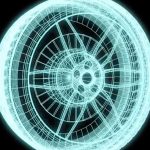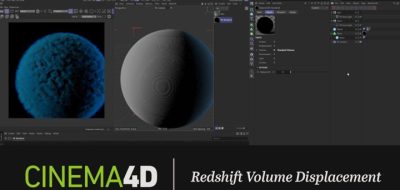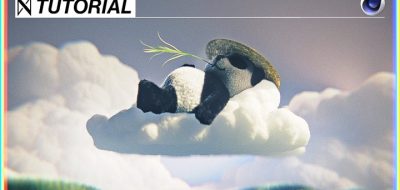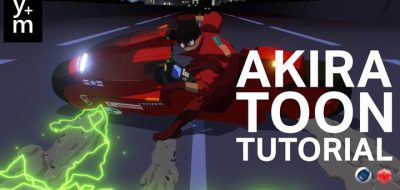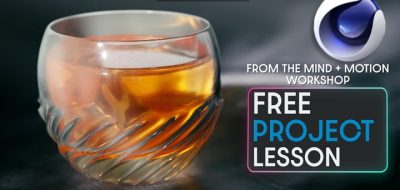Being a full-on production style renderer, Redshift can spit out AOV’s that you would need for compositing and other tasks. Most AOV’s can be built using RedShift’s Puzzle Matte. You can use Redshift’s Puzzle Matte AOV to mask out parts of the render to give you per object, per-group, or per-material adjustments.
Redshift lets you assign ID’s to object or materials. The Puzzle Matte AOV can have each of the R, G and B channels have a contribution to a single object or material. Typically, object ID, material ID AOV’s hold a single value per pixel. This can generate antialiasing issues when the same pixel can essentially see multiple objects and materials.
The Puzzle Matte holds per-pixel contributions for object and material ID’s on separate RGB channels. This means that the same pixel cam basically mix contributions from other objects and materials. Another benefit is that there is no artifacts when DOF, motion blur or reflection and refraction is used.
Watch the latest post from The Vertex Library, which shows how you can create RGB mattes for compositing by using a Puzzle Matte AOV in Redshift — A great primer to get you started with AOV’s in Redshift.

